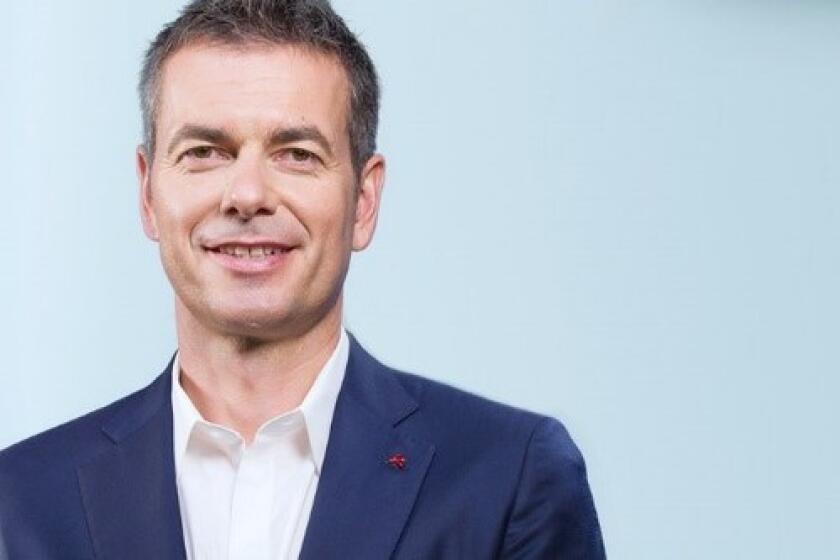Bob Cooper; a Shaper of West Coast Jazz
- Share via
Bob Cooper, the lanky, laconic tenor saxophonist whose improvisations helped shape that straight-ahead, swinging sound known as West Coast jazz, is dead.
Cooper, who played the ordinary reeds--clarinet and sax--and the more esoteric ones--oboe, English horn and four kinds of flutes--was found dead in his auto Thursday, an apparent heart attack victim.
Frank Capp, a longtime friend and leader of the jazz ensemble Juggernaut, speculated that Cooper was on his way from his Sherman Oaks home to a rehearsal in Hollywood when he pulled off the road.
He was taken to Queen of Angels Hollywood Presbyterian Medical Center, where he was pronounced dead. Cooper was 67 and had undergone heart valve surgery several years ago but was thought to have been in relatively good health.
For more than 40 years, after he left the Stan Kenton band, Cooper was omnipresent on the Los Angeles jazz scene.
Beginning in a transformed Chinese restaurant on Pier Avenue in Hermosa Beach, where he was a seminal member of the now-celebrated Lighthouse All Stars, he moved to the anonymous world of studio music, where he scored and wrote for films and TV shows, and in recent months worked in “reunion” concerts. Wherever he worked, “Coop” was considered the most versatile of the purveyors of modern jazz.
Milton (Shorty) Rogers, the trumpeter who had played with Cooper since the Kenton days, remembered him as “a brother and friend. There was no nicer person or finer musician.”
Cooper, who gained the affection of the jazz world not only for his performances but also for the gentle care he gave to his dying wife, singer June Christy, probably could have become a world-renowned performer had he been more gaudy than scholarly.
For much of his career, he labored in the shadows of the studios, working occasional weekends at many of Los Angeles’ now-departed clubs such as Carmelo’s, the Haig and Donte’s.
But as those clubs vanished because of changing tastes and a population that hesitated to leave home after dark, the sandy-haired, soft-spoken musician was forced to retreat further from live performances.
Times jazz critic Leonard Feather said in a review of a performance last month in Burbank that Cooper remained “rewarding evidence of the small group setting. . . . His sound is big and bold . . . yet gentle and appealing.”
Cooper had originally been intrigued by the tenor sax styles of Coleman Hawkins and Don Byas and the sounds of the Benny Goodman and Duke Ellington bands.
But he switched styles, he told The Times in a 1986 interview, after hearing the more delicate techniques of Zoot Sims and Stan Getz.
He was 19 and a high school graduate in his native Pittsburgh, Pa., where he had studied clarinet. He was asked to sit in at a Kenton concert after Getz was fired. That was the beginning of a six-year road tour that ended when he settled in with the small group Kenton bassist Howard Rumsey had formed with other Kenton alumni at the Lighthouse.
Originally a Chinese restaurant near the Hermosa Beach pier, the Lighthouse was a small room with a large bar. Rumsey had owner John Levine build a bandstand where he, drummer Shelley Manne, saxophonist Jimmy Giuffre, pianist Frank Patchen, Rogers and trombonist Milt Bernhart performed.
Cooper, who was honored by the Los Angeles Jazz Society in 1989 for his “contribution to the development and history of jazz,” is survived by a daughter, Shay, from his marriage to Miss Christy. Services are pending.
More to Read
The biggest entertainment stories
Get our big stories about Hollywood, film, television, music, arts, culture and more right in your inbox as soon as they publish.
You may occasionally receive promotional content from the Los Angeles Times.










